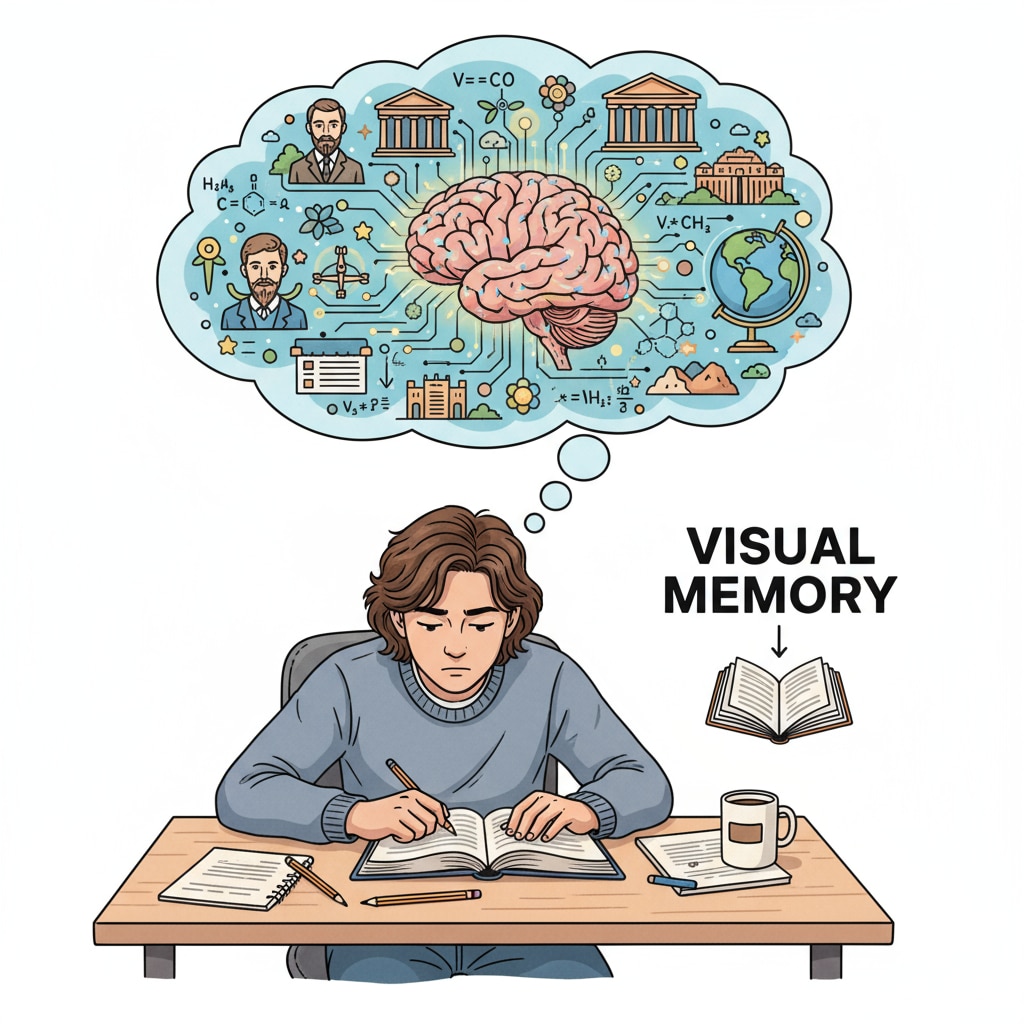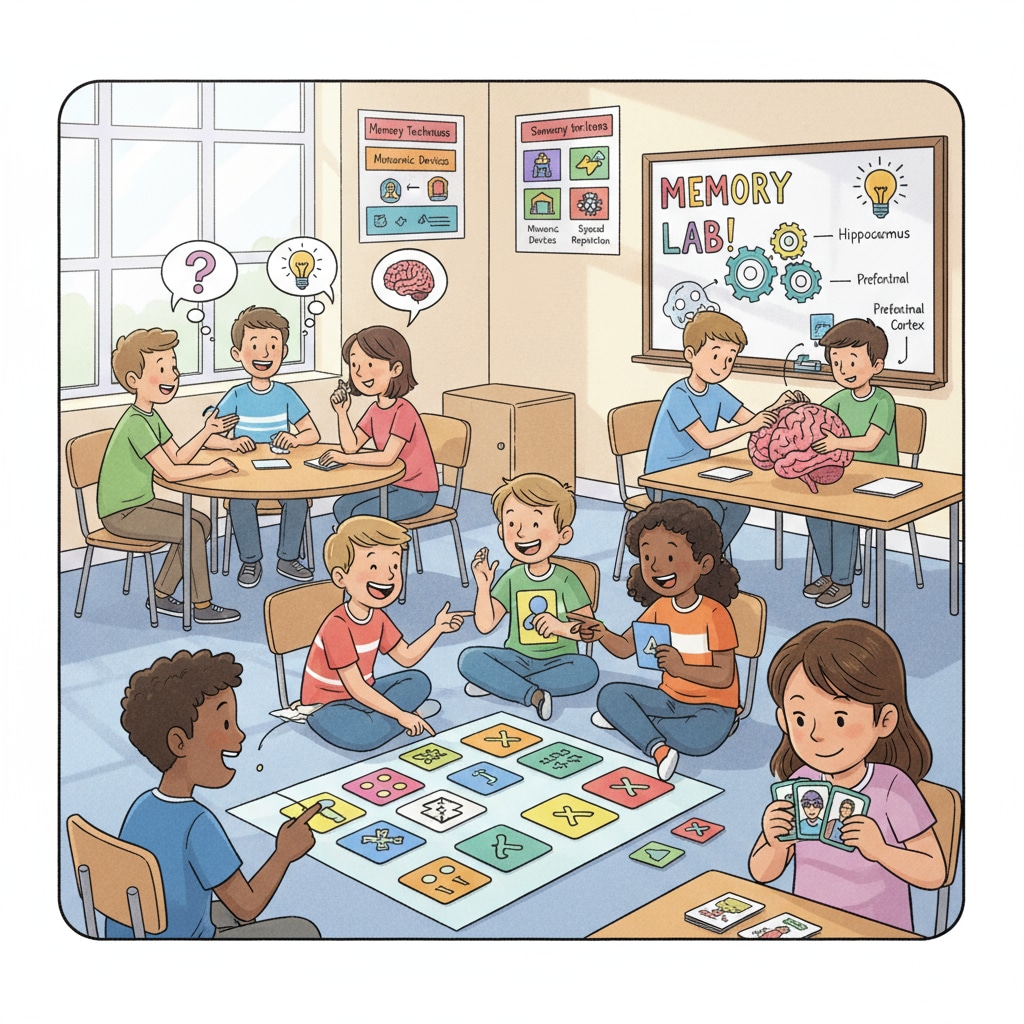Photographic memory, memory development, and memory enhancement have long fascinated both scientists and the general public. The idea of having the ability to remember every detail of a scene or a page of text with perfect clarity, as if taking a photograph, seems almost magical. But is it really possible for ordinary students to develop such an extraordinary memory?

The Science Behind Photographic Memory
Photographic memory, also known as eidetic memory, refers to the ability to recall visual information with extreme precision. According to Wikipedia’s entry on eidetic memory, eidetic imagery is more common in children, but it usually fades as they grow older. Scientists believe that it may be related to the way our brains process and store information. Our brains have a remarkable capacity for memory, but the process is complex. Different parts of the brain, such as the hippocampus, are involved in encoding, storing, and retrieving memories. However, the exact neural mechanisms behind photographic memory are still not fully understood.
Memory Development in K12 Students
In the K12 stage, students are at a crucial period of memory development. As they are exposed to a vast amount of new knowledge, their memory systems are constantly evolving. For example, young students may rely more on rote memorization at first, but as they grow older, they start to develop more sophisticated memory strategies. Memory development at this stage is influenced by various factors, including genetics, environment, and learning experiences. Parents and teachers play an important role in fostering memory development. By creating a stimulating learning environment and teaching effective memory techniques, they can help students enhance their memory capabilities. According to Britannica’s article on memory psychology, a supportive environment can have a significant impact on how well a student’s memory develops.

Developing photographic memory in K12 students might seem like a lofty goal, but there are steps that can be taken to improve memory overall. One approach is to use mnemonic devices, such as acronyms or visual associations. For instance, to remember a list of items, students can create a mental image that links all the items together. Another important aspect is regular practice. Just like any skill, memory can be strengthened through consistent training. By repeating information, summarizing it, and testing one’s recall, students can gradually improve their memory performance.
Readability guidance: We’ve explored the nature of photographic memory and its relation to K12 students’ memory development. In the following sections, we’ll look at more practical strategies for memory enhancement.
Practical Memory Enhancement Strategies
- Get enough sleep: Sleep is crucial for memory consolidation. During sleep, the brain processes and stores new information.
- Stay organized: Keeping study materials and notes in an organized manner can make it easier to recall information.
- Use active learning techniques: Instead of passively reading, engage in activities like writing summaries, teaching others, or creating mind maps.
In conclusion, while true photographic memory may be rare, the good news is that ordinary students can still significantly improve their memory through memory development and enhancement strategies. By understanding the science behind memory and implementing practical techniques, students can build a more efficient memory system that will benefit them in their academic journey and beyond. So, the pursuit of better memory is not a lost cause; with dedication and the right methods, students can get closer to achieving that “photographic memory-like” recall ability.


